Art and Mental Health Link Love
A digest of this week's things I loved on Substack that I wanted to say a little bit more about ...
Each week, I want to share with you some of the things from other Substack writers that get me thinking. My niche is the relationship between art and mental health, with a focus on trying to understand how various mental health symptoms impact artistic process, productivity, medium, content, self-perception and reception by others. (And I believe that all of us are artists and all face mental health challenges to varying degrees.)
As I share these links, I’ll share the thoughts I personally had related to my niche. Please note that this doesn’t ever mean that it’s what the original author intended … just that I was inspired by their writing, want to give you my own thoughts from my personal lens, and hope that you’ll enjoy checking out their original pieces as much as I do.
From the past week or so then …
Andrew Smith of invited me to join Sci-Friday this week, so I’m going to start there.
Basically, about a dozen people or so are posting today about their favorite five(ish) Sci-Fi movies, shows, books etc. When I was first invited, I thought, “not for me, I don’t really do sci-fi.” Which is true in the sense that my current and previous partners have often been super into sci-fi shows and movies and I’m just not in that same way.
But then I started thinking, “it’s not as though I can’t come up with 5 I like though … and those may be different from people who are really into the genre, so why not share what mine are even if true sci-fi fans might roll their eyes at me. So, here’s what I’m going with:
Ender’s Game by Orson Scott Card. It was the first sci fi book that I read so I have to include it. If you’re a fan of the author, check out what
wrote about “Speaker for the Dead” for byWoman on the Edge of Time by Marge Piercy. This was the first sci-fi book that I read and actually loved. The main character is a Latinx woman and there’s a psychology aspect to it so I think that helped it resonate more. And not enough of these lists include women authors.
The Scar by China Mieville. This was a long book that I couldn’t put down, and I got really immersed in the fantasy world of it. I kept thinking I wanted it to be a movie, which is interesting since I don’t typically watch science fiction movies. It was sexy and for me it was edgy.
Heroes (tv show). I loved the characters in this show and it is one of the only sci-fi television shows I’ve watched on my own, not prompted by a partner. It’s been a long time since it came out so I can’t say for sure if I’d still like it but it stuck in my memory which counts for something.
Black Mirror (tv show). A previous partner did prompt this one, but I fell in love with it. It’s so unnerving in the most thought-provoking way.
So, that’s my list. And I asked my partner to tell me his list so I could be a little cooler … he had a long list but the top one I’m going to mention is Snowpiercer.
Visit Andrew to see what he’s sharing and to find out who else is participating in Sci-Friday. Some of the others who may be sharing this week include
—------------------------------------------------
of Wrote Why Focus on the Numbers May be the Worst Advice for Creatives
which, of course, discusses valuing other indicators of success over social media numbers when it comes to sharing your work. Lots of good points in there but what was really close to my heart was the suggestion of considering artists of the past and how they might react to social media if it were available to them in their lifetimes.
“In today’s world, with the removal of traditional gatekeepers, would Van Gogh have had the temperament to chase social media stardom? To paint to please the masses? I think the answer to those questions is no. And assuming that his work would still be ahead of its time, I doubt that his brother Theo would have been able to do much to help him either. That wouldn’t make Van Gogh’s work any less exquisite, but it would, perhaps, make his isolation and failure feel even worse.”
I’m not sure what I think Van Gogh would have done with social media. He was a prolific letter writer which makes me think he would probably have been active on social media but what cost or benefit that might have had for his art is up for debate, of course. He really wasn’t skilled at marketing his own work so if he could hire a VA or influencer to do that part then he might have succeeded better than with Theo selling his paintings one at a time. Who knows. Ironic how many versions of Starry Night can probably be found on social media today.
In an interview for my book’s virtual tour,
of RUINS asked me a lot of great questions, which included one similar to this about how Diane Arbus or Frida Kahlo might have experienced social media as it relates to my niche of the relationship between art and mental health. I said there:“As for returning to the social media question . . . it requires a whole book that I’m probably not even equipped to write myself. But I think we all have a sense of how much it can impact us. If nothing else, it magnifies everything. And actually, I think it’s interesting that you started this question with a reference to Diane Arbus who was a photographer because there’s an interesting thing about photos and the way we present ourselves through this medium.”
It would be interesting to go through all of the artists in the book and speculate about how they might have related to social media. We could probably get clues by how they related to media in general. For example, Joan Miro had a really hard time with criticism of his work and it impacted his mental health so he probably would have struggled with that on social media to an even greater degree.
Who is an artist from the past that you think would have really thrived on social media? Who do you wish you could follow on Instagram or wherever if they were sharing their art there today?
—------------------------------------------------
of wrote Embracing the Unorganised Life
which shares how many people have been judgmental about her retirement and her “doing nothing” now which was interesting for me to read since I live in the land of people taking “funemployment” years and people who dream of just having time to read and write and make art.
‘So, what are you doing with yourself now?’ (Said in a voice laden with expectation.)
And then the barely concealed look of oh-lord-I-wish-I-hadn’t-asked, when I reel off reading, writing, crafting, gardening, walking etc. was oh, so familiar. These things apparently were the wrong kind of ‘doing’. …
What a strange attitude this is. I have experienced it from people who would rather die than be thought discriminatory or less than inclusive and yet, the notion of a smart, powerful woman choosing to leave paid employment and do creative things in a very small and personal way, obviously strains their idea of who and what is valuable and who and what is not.”
Glad you’re here doing exactly what’s right for you June!
RELATED: of shared in Good News and Gratitude:
“I’m most content after I’ve fed the chickens, fed Rudy and Delilah, walked D and her best pal Cookie, filled the bird feeders, plunked five scoops of squirrel food in the crook of the tree with a few extra peanuts on top, filled the bird bath with fresh water, and checked on the bees. My whole being settles into these moments. I feel a vibrant quietness course through me. It’s how I want to always feel.
There are times the limitations my health presents can get me down; I can question my purpose on this planet. But these moments of tender service remind me that I’m connected to all that is, including the unknown—in whatever form that takes.”
Mental and physical health limitations, particularly when it relates to chronic illness, can be really debilitating in so many ways including our self-esteem, especially our self-esteem. We want to feel purposeful, we want to do all the things we want to do, but we have to recalibrate to our “new normal”. For creatives, this can mean changing our pace, our productivity, the scale of our work, the medium … or sometimes focusing more on taking in creativity and being present in the moment rather than creating a lot of output. It’s a journey.
of shared Hiding is Exhausting
which I think captures a really critical spirit of our time:
“Constantly wearing a mask weighs us down. It disconnects us from our true emotions and from genuine connections. We long for authenticity, yet we hold ourselves back, afraid of judgment and rejection.
We're starting to realize this shared experience as a collective. We recognize the deep conditioning that has shaped our behavior. Showing our true selves has the incredible power to unlock the floodgates of creativity, forge deep connections, and create a sense of belonging that nurtures our souls. Embracing authenticity paves the way for a beautiful journey of self-expression and meaningful human connections.”
We are all still figuring out what authenticity and openness mean in the age of social media and beyond. Sometimes choosing not to share certain things isn’t hiding but rather is a choice and an act of self-care. We’re puzzling through this and we are doing so in really creative ways and it’s hard and it’s beautiful.
—------------------------------------------------
wrote brilliantly about “are you free from or free to”?
with lots of references to the work of
while exploring this critical distinction that I think is worth taking a closer look at particularly as it relates to our creativity:Freedom from = empowerment
What does this ‘freedom from’ look like in our lives? It might involve releasing ourselves from old habits or structures; from concerns about the ways other people judge us; from self-sabotage; from limiting thoughts about what we’re capable of doing in the world.
Freedom to = abundance
And how do we experience ‘freedom to’? It might be the ability to speak and act from our truth; the joy of experiencing growth; expansiveness of creative flow; permission to dream; the imagination to call in pleasure and ease.
in wrote about Creativity and the Childbirth Metaphor
In other recent roundup digests, I’ve shared that
of had written My Dream Is Not a Baby and of wrote a piece called I am with book and that both pieces really resonated for me even though they hold opposing viewpoints.Kate’s piece really digs into the history of all of this and makes sense of those two sides in a way that broadened my thinking around the whole topic. The whole thing is worth a read but I want to reflect on this:
“When I then came to study the work of Lady Mary Wroth, whom I discovered was a pretty impressive and influential writer of her day, I wrote a paper on how female Renaissance writers such as herself took the childbirth metaphor and utilised it within their own work to not only represent the creative process, but to take back ownership of the literary device. In Wroth’s case, this meant allowing her to represent her own experience of childbirth and miscarriage, in an opaque way which allowed her to write about this at a time when it would perhaps not have been acceptable.”
This relates to the themes I explore in terms of how art/creativity is related to mental health/wellness in that our challenging human experiences often inform and change our art AND the art often provides a catharsis for moving through traumatic experiences, allowing us to rewrite our own narratives, and so much more. In reading this about Wroth, I immediately thought about Frida Kahlo whose self-portraits of traumatic bodily injury, miscarriage and more provide another example of all of this.
of shared Let’s Try That Again, Shall We?
“One of my deadliest ADHD traits is impulsive promising. I get excited about something, promise the earth and then realise later it’s not something I can or should do. This has happened a few times in my biz and it’s been frustrating for everyone. Shorter intense projects like course creation suit my brain’s need for novelty but longer-term projects need freedom, variety and spaciousness built in (I now realise).”
The post is great for understanding that we’re all figuring out what’s right for us and we need to make changes to suit that even though it’s sometimes hard to make changes publicly to work we thought we were going to share in a certain way.
In terms of my niche, I’m very intrigued by how this trait of impulsive promising might affect creative content and process as well as creative self-identity and art as business. And I wonder if this is not just an ADHD trait but might also show up in manic phases of bipolar for example. Something to further explore …
of wrote Beyond the Niche
which has soul-resonating thoughts about moving between mediums or periods or seasons of our creativity and how to do that in spite of the persistent advice to brand ourselves concisely if we want to sell our work. Stella writes in part:
“Over the years, I've explored various forms of photo-based imagery, including documentary, portraiture, landscapes, street photography, photo montages, and digital collaging.
Sometimes, doubt creeps in and I wonder whether all this jumping around is detrimental in the long run. I ask myself, why don’t I just stay in the photography lane?”
And she gives her own answer, the conclusions that are working for her right now, but I think there’s even more of a clue in this:
“I’ve mentioned in my last entry that I get nervous when I speak in public. I felt like I fumbled my answer. I didn’t quite sound as articulate as I would have liked. Perhaps, writing it down today is a way of redeeming myself and assuaging my self-consciousness.”
Because this points to how we express ourselves in different ways at different times. Some are stronger and more comfortable for us throughout our lives and some are what need to happen in the moment even if they aren’t quite as strong. I think this is true in relation to how we learn as well as how we create.
RELATED: From Pivoting isn’t failure by of :
“When you pivot, when you shift your focus from what you once did, it's natural to feel a sadness and uncertainty. After all, you're bidding farewell to a chapter — and old friend. Keep moving forward, because on the other side of change, joy awaits. And if failure comes knocking, remember that failing forward is the true victory.”
of wrote there are a lot of very successful, very miserable people out there
which is a great reminder about redefining success or even “functioning well” by looking at markers other than “their bank account and their ability to get out of bed to work.” She showcases eight dimensions of wellness and says:
“You ultimately get to decide what areas of life are important to you and where you want to function. There are always consequences when you only focus on one area for too long.”
I find this reminder so helpful and plan to do a pie chart of the eight dimensions to explore where I feel like I’m at right now with each of them and where I might want to adjust for more balance.
RELATED: Seeking Natural Frames by of
Shared the story of leaving a PhD program in neuroscience to become a novelist and shared some of the origins of The SneakyArt Post, a substack that now has nearly 10,000 subscribers:
“I called it ‘sneaky’ because to begin I was being very sneaky. To begin, I was being very sneaky because I was ashamed. What a silly thing, I thought, a grown man trying to learn to draw. What will people say? Worse, what will they think? I would sit in the corner of busy cafes so that no one could peer into my page. I would draw quickly so that no one even had the chance to suspect that something was up.”
—------------------------------------------------
of wrote The Belly of The Whale
If you haven’t been following Priya’s work, it’s taking us through Joseph Campbell’s hero’s journey which is a helpful framework for creativity (and living …)
“Being aware of these archetypal myths, patterns, and stages that continue to run through our contemporary lives can help us better navigate the complexities of life. We can be more intentional and engage them for better outcomes. For example, if you know you are in the belly-of-the-whale phase in a project or life situation, you may offer yourself more support, companionship, and championing. You might be more reflective, take copious notes, and bide your time. Some keywords and phrases for this phase of the hero's journey include commitment, being non-negotiable or having an inescapable quality to it, bracing yourself for change, and letting things take the time they do.”
of on The Importance of Being Insecure:
“To be insecure is to be human. To me, a certain amount of insecurity denotes a willingness to self-reflect. Which is not only healthy for you but those around you too. If you are able to carry yourself without an iota of self-doubt then, I suppose, you must have established your worldview and convictions in childhood and not had any reason to revise them since. Which would be really impressive - but I just don’t buy it.
Who on earth can charge into life without ever stopping to worry about the wisdom of their actions, the suitability of their behaviour, the strength of their emotional responses, the shape of their nose, the choreography of their dance moves, the style of their kissing or the length of their trousers?”
Which for me is a reminder not to pathologize normal human experiences. With a degree in psychology, a lived experience of double depression, and a commitment to exploring the complex relationship between art and mental health, I tend to view pretty much everything through a psychological lens. For me, we’ve all got mental health and so the symptoms aren’t a pathology … but I am aware that my language for this is limited and therefore that it’s good for me to remember to find ways of expressing this.
RELATED: of wrote You Are Allowed:
which is a great piece about choosing to do nature writing despite insecurities:
“In fact, no one else in the world has the precise experiences, ideas and thoughts about the natural world as me. There is a Janelle shaped gap in the nature writing canon.”
YES!!!!
RELATED: Intro to Nature Journaling by of
with John Muir Laws, AKA Jack:
“like many artists (and likely a lot of us at the Grown-Ups Table), Jack’s brain works a little different than your typical human. He is dyslexic and struggled in school, but discovered his joy and gifts through spending time in nature and keeping notebooks of his observations, discoveries, and adventures.”
I know I share it all of the time but I’m going to share it again, my favorite quote of all time, from Martha Graham:
“There is a vitality, a life force, a quickening that is translated through you into action, and there is only one of you in all time, this expression is unique, and if you block it, it will never exist through any other medium; and be lost. The world will not have it. It is not your business to determine how good it is, not how it compares with other expression. It is your business to keep it yours clearly and directly, to keep the channel open. You do not even have to believe in yourself or your work. You have to keep open and aware directly to the urges that motivate you. Keep the channel open.”
shared creative collections:
“Some call it ‘hoarding’, I prefer “collecting”. Here are examples of, not only some lovely collections, but also today’s jumping off point! … (original post includes such great photos, go see!!!)
This is a good way to bust through a creative block… it’s also a great exercise to make you really think about what you love / why you love it. For example, if 50 of us do this prompt, I can guarantee there will be 50 totally different collections! Allow yourself some time to think about what you’d like to hoard, I mean gather… do you love sailboats? Are orchids your thing? Maybe any and every shade of yellow is your jam?”
One of my professors this year asked us to start our introductions by sharing our personal and professional obsessions. We often think of of “obsession” as a negative word but it reveals our passions, our true quirky interests, and it was really fun to learn about some classmates’ obsessions. What do you collect or obsess about?
—------------------------------------------------
of shared Drawing a Weaving
which is exactly what the title sounds like and the whole thing delighted me so much:
“Drawing, for me, is a way of articulating something to yourself, and a way of exploring the invisible infrastructure within what you are making.In tapestry weaving, the weft is packed down over the warp, hiding it from view. In my drawings, I can pull the weft apart, and show how each strand passes over, and then under and around, and then over, and under once again. You can see, rather than feel, how this binary sequence of plain weave must work, and the challenge of continuing that same sequence consistently over many, many separate sections of weft.”
of shared her own notebooks this week
as a celebration of her one year stackiversary … and I am here for all of it
So, let’s celebrate! I’ve spent the past few weeks going through nearly 100 of my notebooks, and I’ve picked my favorites to share with you. I’m a literary historian—which means I write about other people. Writing about myself feels very strange. Enough readers have asked for a glimpse into my notes, so I thought I’d share them with you. And, I have to say—I’m really glad I wrote this post. I hadn’t realized just how foundational note-taking has been to my life.
—------------------------------------------------
of wrote about Rauschenberg this week:
The piece is a biography of the artist and then such a fun look at his pets (dog, turtle, and kinkajou.) It’s also about his relationship with Jasper Johns as it impacted his art:
“The photographs above date from an “incredibly fertile period.” Over the course of six years, Robert and Jasper worked in multiple close or adjacent studio spaces in New York, and saw each other daily to exchange ideas and discuss their work. They also became close friends with another brilliant avant-garde couple, John Cage and Merce Cunningham. Vanity Fair writes that there was a great deal of cross-fertilization between the foursome. “We called Bob and Jasper ‘the Southern Renaissance,’ ” Cage once recalled. “Each seemed to pick up where the other left off. The four-way exchanges were quite marvelous. It was the climate of being together that would suggest work to be done.”
I’m always intrigued by artists’ relationships with one another. Just Kids by
is one of my favorite books about this. The Art of Rivalry by Sebastian Smee is another. And I haven’t read it yet but Foursome is also on my list.RELATED: After the breakup by
“Since a breakup is literally a break, the end of a chapter in your life, the only real option is to let this become a moment of rebirth for you. This is clearly a time of sorrow, but it can also be one where you unflinchingly stand in your power. The hurt is real but so is the potential for you to emerge as a restored and revitalized version of yourself.”
RELATED: From of in Literary Intrigue, Artistic Ownership, and (Very) Bad Art Friends
“Of course, literary feuds are nothing new. For some titillating weekend reading, check out LitHub’s list of 25 Legendary Literary Feuds—many of which begin with friendship and end with acrimony. When celebrated writers focus their energies on taking down another writer, they often use the language of the playground bully. John Irving once said that, on any page of a Tom Wolfe novel, he could “read a sentence that would make me gag.” Norman Mailer worked both misogyny and fat-shaming into an insult of Wolfe, and insult that does not bear repeating.”
Creative Bytes #133 by offers Coping Strategies for Artists
Which include a variety of ways to stay engaged with your creativity and work through creative blocks. For example:
Practice Self-compassion:
Artists often are their own harshest critics. Remember:
Every Piece is a Learning Experience: Not every artwork will go viral or sell, and that's perfectly okay.
Celebrate Small Wins: From mastering a new digital tool to completing a piece, every achievement is worth celebrating.
There are a lot of good reminders in there. See which resonate most with you right now.
RELATED: shared Get Happier with My Magic Formula
which begins with:
“Make an “I love” list. List everything that you enjoy—nothing is too small or too large. If you enjoy it, get it on the list.”
RELATED: of shares daily creativity prompts with us and shares:
“I started these Creative Sparks with the intention to help others build a regular creative practice, because I know a) how incredibly powerful creativity can be for self-expression, self-discovery, emotional fulfilment and connection to the world around us, but also b) how flipping difficult it can be to show up regularly to engage with your creative self when life seems to be draining everything you’ve got and the society we live in undermines the value of creative joy. It really feeds my soul to see so many people getting on board with that and getting in touch with their creative powers.”
SHORT SHARES:
Just a few more delightful things that inspired me this week:
of shared The tender slip of pigment woven over once-was-trees soothes me.
“But always, it is to the easel I turn, to pour forth the desperate need to move pigment around and honour the wild. It is here that I am soothed, that I am healed, that I find grounding when my wings are beating hard and fast and getting me nowhere.”
of taught us about Goth music for happy kids: a dreampop primer:
“Dreampop! You know the stuff: chiming, reverb-drenched guitars and ethereal androgynous vocals; electronic percussion, heavy on the tambourines and sleigh bells; layers of synths so thick you don’t know if you are hearing a string pad, an organ, or a flute. Distortion on the guitars? Strictly optional; we’re more into chorus and tremolo. Do the words need to make sense or even be audible? Um, no, obviously!”
in Love, Musicals, and Living Your Best Life With Bipolar Disorder:
“Loving yourself is hard, but it’s so worth it. Because when you love yourself, you’re able to see your own worth and feel confident in who you are—bipolar disorder and all. And that confidence helps you manage your bipolar disorder in a more positive way.
So, the next time you’re feeling down about yourself, remember George Sand’s words: “There is only one happiness in this life, to love and be loved in return.” And go out and love yourself—and others—as best you can. Because that’s how you live your best life with bipolar disorder.
And if you need a pick-me-up, try a musical. It’s hard to be numb when music moves your soul.”
From of in Let It All Fall Away:
I’ve never been one to shy away from discomfort, at least this is what I tell myself and what I must believe when I look at all the places I’ve moved, the jobs I’ve kept then left, the ‘yeses’ I’ve shouted at every opportunity. Maybe the discomfort has been in staying, which yes, now that I think about it, is definitely true. Shedding layers is easy because it means change; it means becoming a different version of my former self. This is not what I find to be terrifying. Rather, it’s the sitting still while only subtle changes occur, as if I’m in a prison cell and watching a flower grow through a small window.
From in Beneath the Tree:
“Strange, the starting of new habits. As soon as it’s easier, I’m almost tempted to give in. “You see, you don’t need to do it this morning” my inner saboteur is telling me. No - I have to take her by the shoulders and give her a shake. It’s because I did it yesterday that it’s easier. If I do it every day it will be easier and easier. My inner narrative. Important to word it right.”
My Writing
This week I shared:
Is the Depression Spectrum Really More Of a Circle? Or a Spiral? Or a Keyboard?
And this all kind of makes sense if depression is a spectrum that we can all relate to in some way … but it makes even more sense if we think of double depression as very similar to bipolar at a lower octave. If it’s a spectrum, double depression is further to the left than PDD or major depression, since it’s both of those together … but then it’s also similar to bipolar depression. So maybe instead of visualizing this as a linear spectrum, it’s more like a circle, where the ends actually close the circle and are more similar to one another than different.
Art and Mental Health Interview with Street Photographer Neil Milton
How imposter syndrome, the pandemic and going to therapy relate to the creativity in music and street photography.
Interview: A Conversation with Claudia Wool in English and Spanish
About the creative nourishment of a journalist and textile creator's nomadic family lifestyle
PLEASE HELP ME MEET MY GOAL:
My goal is to find 1000 people who are interested in subscribing to this work at a rate of $100 per year. This shows the world that we as creatives believe artists and writers can and should earn six figures. I practice artistic tithing, meaning that at least 10% of my income automatically goes to support other artists, writers, makers, creatives, performers, etc. So if I meet my goal, we keep at least $10000 of that right in the creative community. I also make every effort to continuously encourage, support, share and promote the work of others.
$100 per year feels like a lot. But it works out to less than $2 per week.
If this is something that you believe in, I really need the support of paid subscriptions to be able to keep doing this work that I’m deeply committed to. In fact, I believe in this work so much that I’ve self-funded a year of full-time work here using a business loan. If I don’t reach the above goal by Summer 2024, I may have to revisit things.

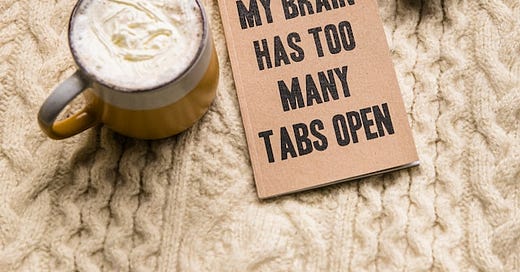




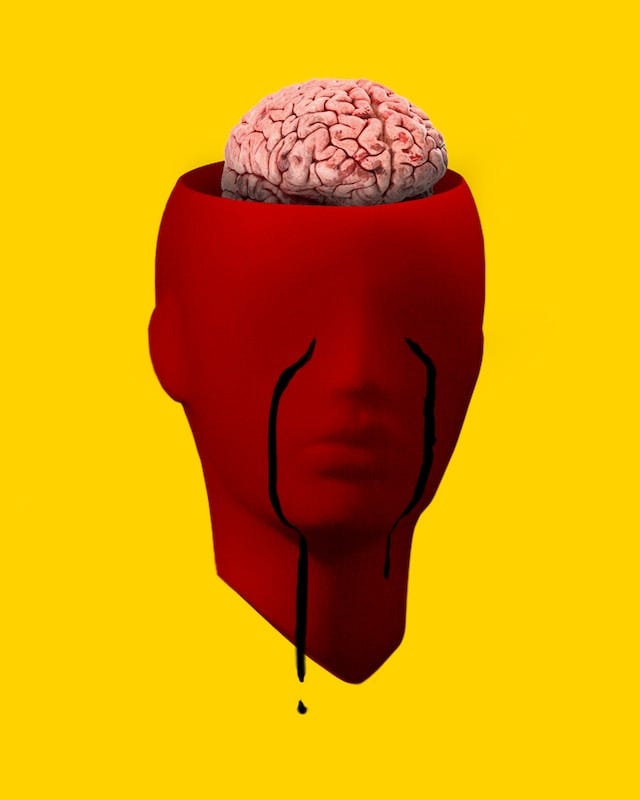
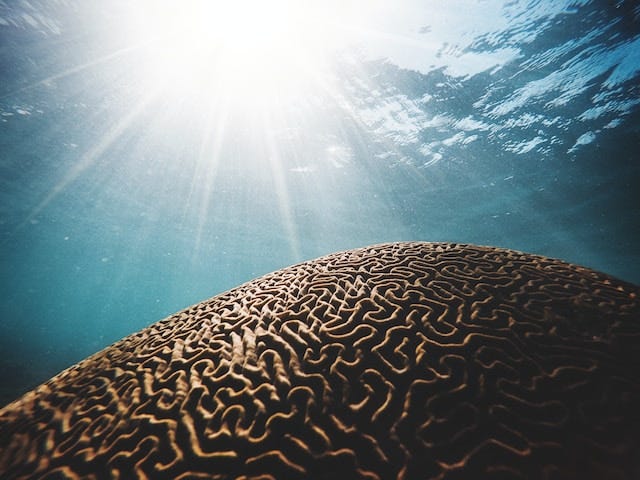
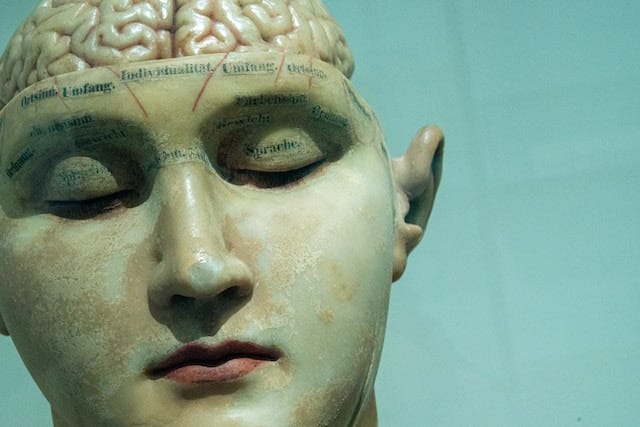
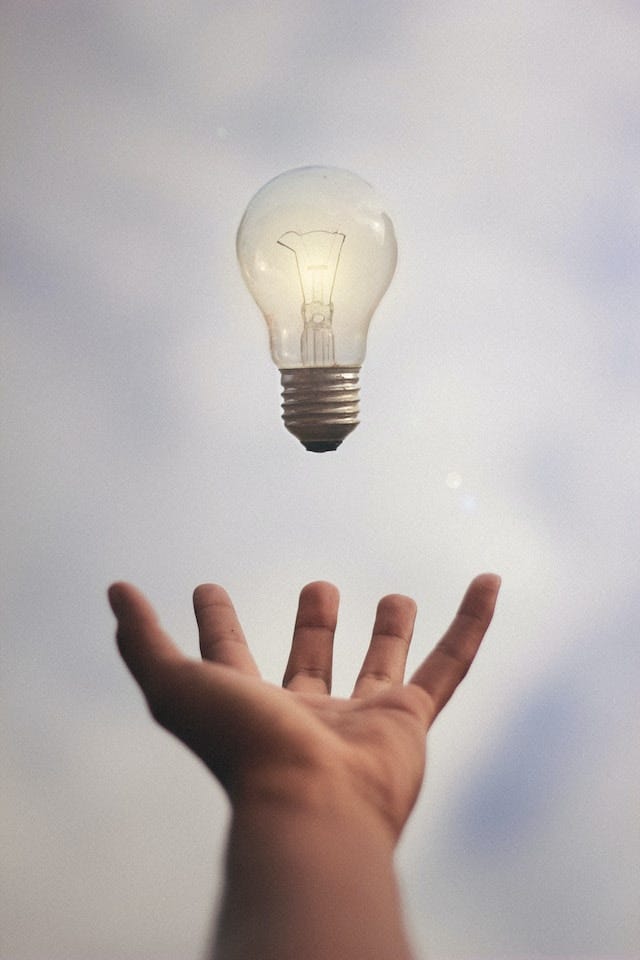

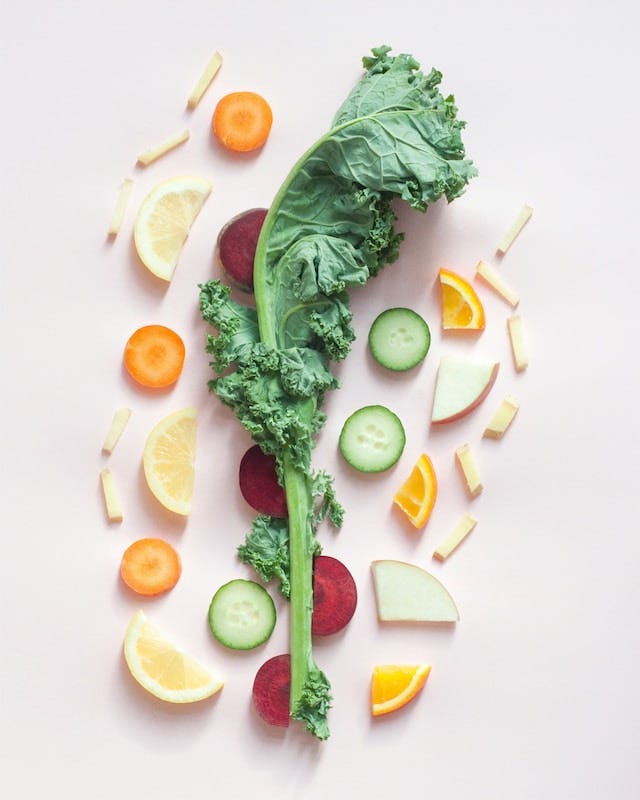

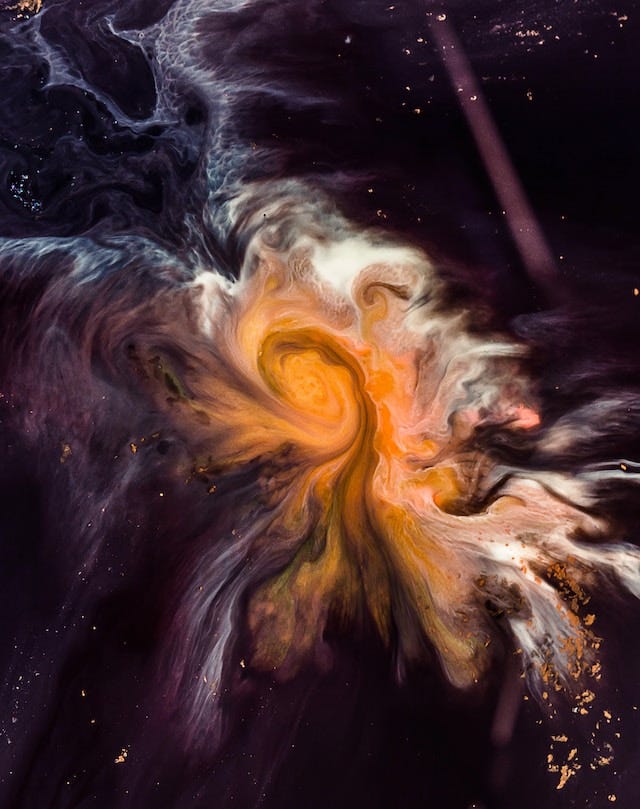
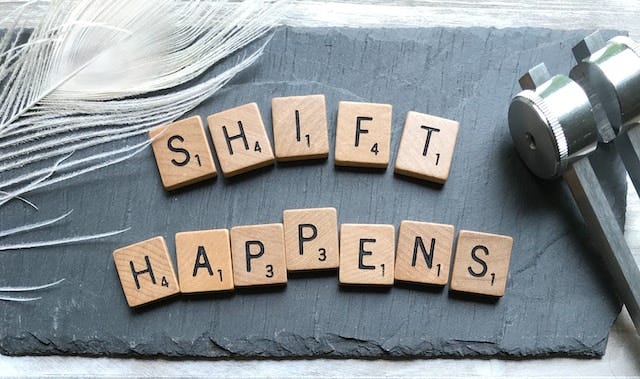
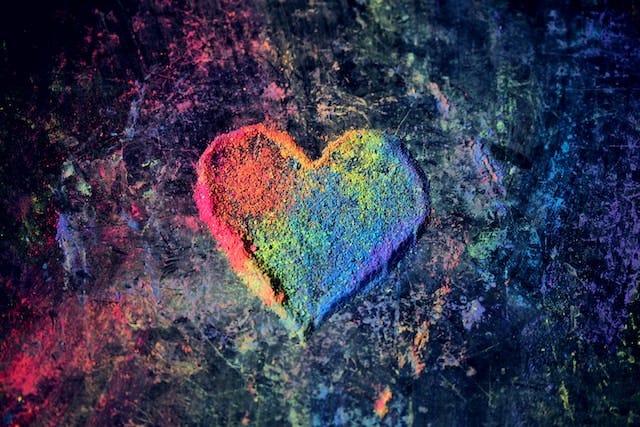


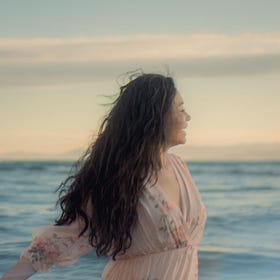
Oooh! Another beautiful list; and so many articles I’ve bookmarked to read over the weekend. Especially June Irving’s post because that’s goals for me, and everyone around me seems to think I’m crazy for wanting to just kick back and enjoy life. Thank you for including me in this list of truly stellar writing!
Your round ups are always such a gathering of magic, and I am so honoured to have been mentioned in the same breath as so much of this wonder! Now to go explore the eleventy new tabs I just opened up from this post!